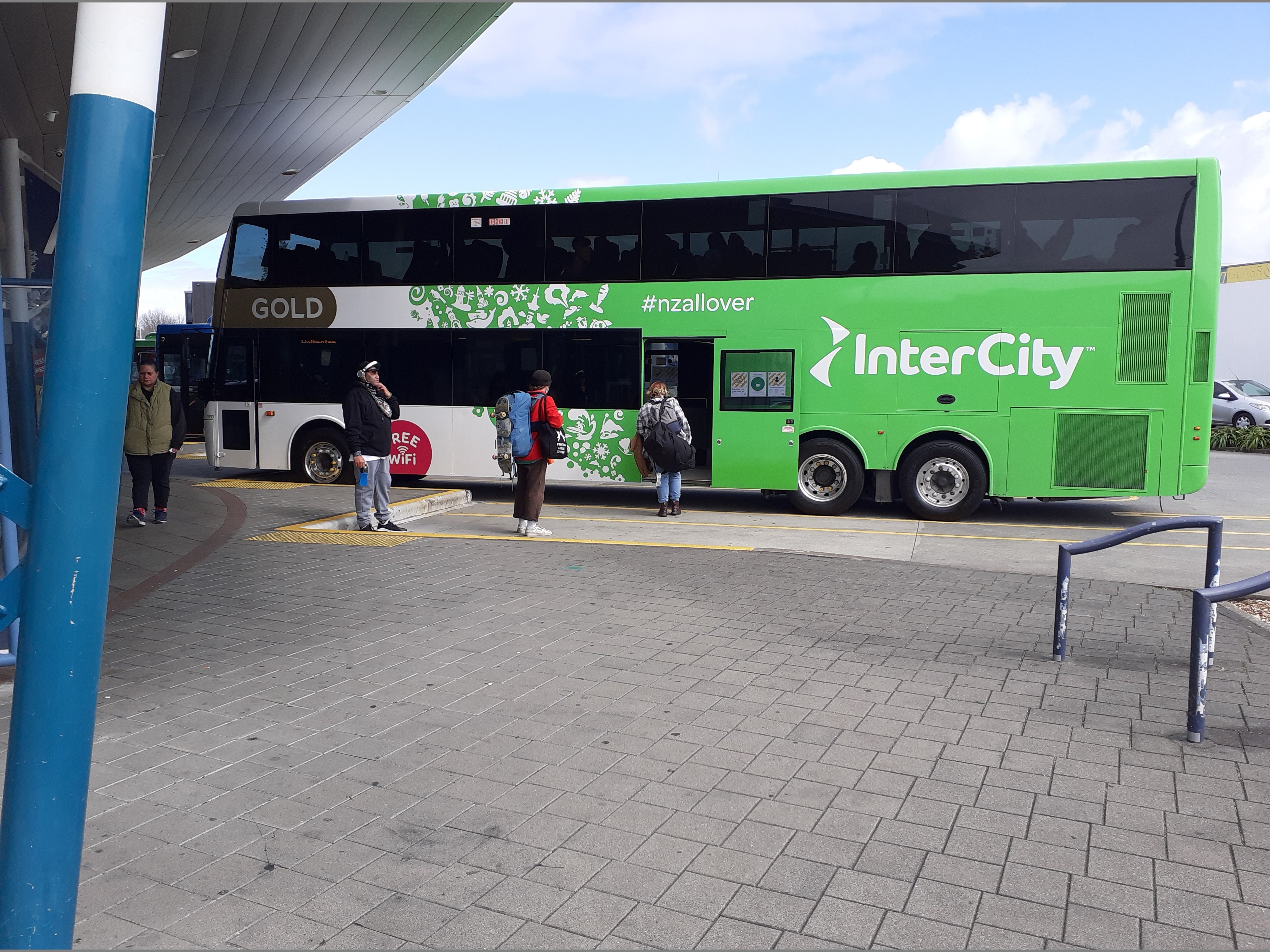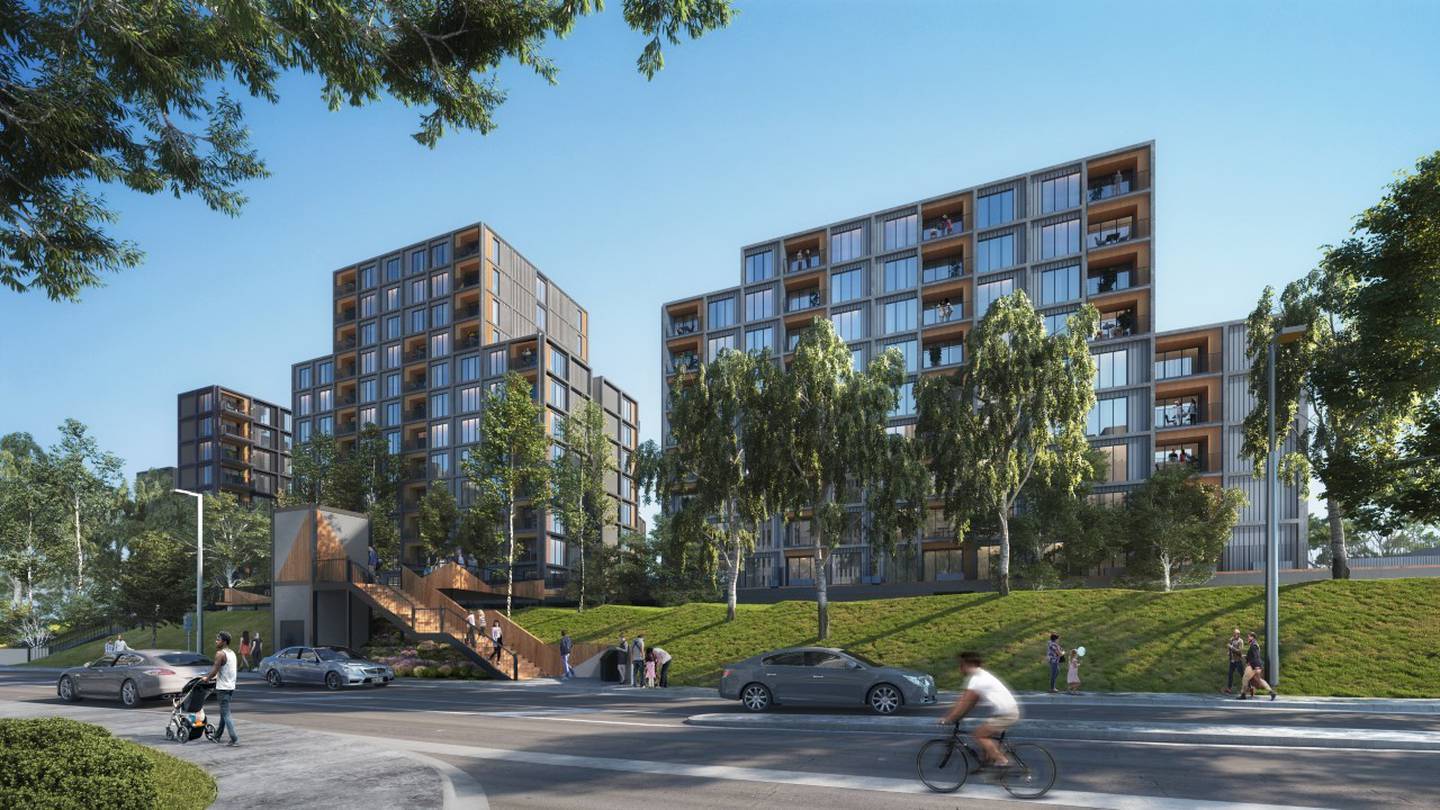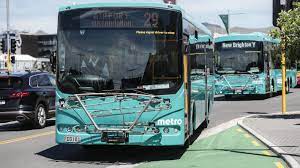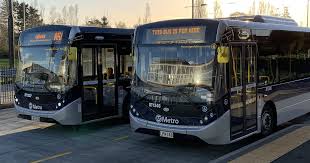Opinion: At the recent Future is Rail conference, in contrast to those enthusiastic about reviving passenger rail National party infrastructure spokesperson Chris Bishop questioned whether New Zealand should invest in rail. For people who cannot drive or fly, he suggested using the existing, seemingly unsubsidised, InterCity bus network. National Party Transport spokesperson Simeon Brown then chirped in to support this view, asking why bring back a passenger train service from Wellington to Napier when InterCity already offers a service.
Public transport supporters generally recognise the role of coaches in providing low emission, low energy, regional and long-distance travel options. Some of us have been campaigning for a long time to get high quality, inter-regional bus services in New Zealand. Not a service that struggles to carry differently abled people, including the elderly who often find it difficult to get up the steep steps. We need: buses with onboard toilets for long trips, like those all around the industrialised world, including even the much-maligned Greyhound; buses that carry bikes like Flixbus in Europe; buses that depart from and arrive at good quality bus depots, not ones like the poor-quality Auckland bus depot or the Taupō interchange where people have to walk a long distance in both rain and shine to unheated toilets.
So, the National Party is now a potential ally. Their help in turning our second-rate system into a top-class service, valued by New Zealand residents and tourists alike, is welcomed.
But first, some myth busting about subsidies.
Let us set aside the complex issue of whether road travel is correctly priced in order to examine costs. Because InterCity coachlines do not have onboard toilets, they generally stop at public toilets. These are not funded by the bus company but are paid for, that is subsidised, by local ratepayers. Bus shelters, or larger bus interchanges, are also generally funded by local authorities.
Many other modes of transport are subsidised by the taxpayer and ratepayer. For example, the upgraded airport at Taupō was funded by both taxpayers and ratepayers. That upgrade had a budget of $9.23 million, funded with $3.36 million allocated by Taupō council, but with a $5 million grant from the Crown’s Provincial Development Unit, and $870,000 from the Ministry of Transport. Kāpiti Coast District Council has given more than $1m of ratepayers’ money to Air Chathams to keep its services running. And, as an indirect form of local transport subsidy, passengers do not pay GST on the domestic legs of international travel.
Grants by government and local authorities have helped build a network of chargers for electric cars. which pay road user charges. And there are government grants to develop hydrogen for transport and to investigate synthetic fuels for aviation.
Projects such as the Otaki to Levin Expressway Extension are given the go ahead, despite cost benefit analysis demonstrating this is a poor use of taxpayer funds.
Many of these current subsidies support well off members of society and businesses rather than those who are ‘transport disadvantaged’.
We need a detailed study of subsidies across the whole transport sector to ensure transparency and wise spending to maximise economic, social and environmental -especially emission reduction- outcomes.
I would also support an investigation into the implications of InterCity effectively functioning as a monopoly, with the competition of Mana and Naked Bus no longer operating. Free market economists worry that monopolies lead to excess profits and suppress innovation.
Overall, how do buses stack up against trains?
Some of the good points of coaches are:
- They can run to destinations where rail tracks do not exist. In New Zealand, this includes Nelson, Queenstown, and much of the West Coast.
- When there are relatively small numbers of passengers, coaches are cheaper to run than trains, with usually just a driver required to operate the service.
- New services can be established very quickly.
- Low emission, long distance buses are rapidly becoming available.
- They can operate on a route until there are sufficient passengers to justify a train service.
But, over long distances, most people would rather travel by train because:
- The quality of ride on a coach is much poorer, especially on the top story of double decker buses.
- Buses are difficult to use by differently abled people.
- Even when on-board bathrooms are available, they are much harder to use on buses than on trains.
- On board cafes are not available on buses.
- Buses are often cramped with little ability to move around during the journey.
- Buses are difficult to work on.
- Buses have very limited space to carry bikes.
- Unless there are bus lanes, buses get caught up in traffic congestion when travelling in and out of cities and towns.
- Trains can potentially travel much faster than buses.
Long distance coaches are an important part of New Zealand’s transport network. Now that the National Party appears to have fallen in love with them, let us hope they will work diligently to ensure that coaches provide the quality of service that they themselves expect at the airports that they pass through to catch their flights.
An opinion by Dr Paul Callister who is currently researching climate change policy with a main focus on sustainable transport.
This article has been republished by publictransportforum.nz with permission from the original author.




